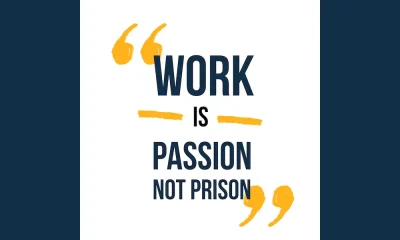Mindset
Failing to Plan is Planning to Fail

How many times have you heard that expression?
I wondered where it came from, so I “googled” the quote and found that it has been attributed to several prominent people. Winston Churchill was amongst them, and whilst he had a few setbacks (!), we know he certainly didn’t plan on failure.
Let’s face it, if we don’t know where we are going, then how will we know when we have arrived?
Anthony Robbins says that there are 6 basic human needs, and certainty is one of these. Planning gives certainty.
We need to sit down and really think about what we want. Then, depending on which area of our lives we are dealing with, we could either be alone or with our life partner; or with our business partner or colleagues.
An experienced facilitator or business/executive coach can be beneficial in keeping people “on target” and raising points that may otherwise have been overlooked.
However, if you are a ‘DIYer’ and like to battle your thinking and planning out independently, you can make the process simple and easy to think about and follow.
There are a few methodologies you can use to give your planning process structure. But, you may be thinking, what do you need structure when you’re just planning?
Well, it’s more than likely the planning takes more than one sitting, and you need to know what you’ve achieved and what you still need to cover off, so your plan is complete and ready to be put into action.
SMART Planning
Once such methodology for your planning is a SMART plan. The acronym stands for:
- Specific – avoid vague open statement that can be misinterpreted. Clearly articulate what it is you want to achieve
- Measurable – How will you know what you’ve achieved? You need to have milestones to measure your progress and change what you’re doing if it’s clear you’ve lost your way.
- Aligned – make sure your goals are what they need to be and that they work with what you and your business need to be successful. For example, if you’ve got an online store, your tech goals need to deliver systems for managing eCommerce efficiently.
- Realistic – what can you achieve within a given time and with the resources you have?
- Time-bound – commit to a time when you need to reach a milestone and the goal itself.
Tip
Start with the end in sight. When do you need to achieve your goal?
If your plans are for the near future, they need to be heavy on detail, i.e. very specific.
You may need to commit to reaching milestones within days.
Conversely, if the timeline is further out, then your goals can become more general and high level with a lot more time to complete.
Summing Up
Plans give you a benchmark to measure against. Some people say that things seldom go according to plan. That may be so, but it doesn’t rule out the need for a plan.
When you have a plan, you can measure what impact these changes will have.
Without a plan, we are just wandering around in the forest, waiting and hoping to be rescued.
There is a lot of worthwhile reading on the topic of planning, so do your research online – remember, information is power and the more you know, the more you want to know. 🙂






